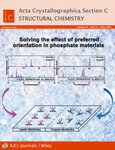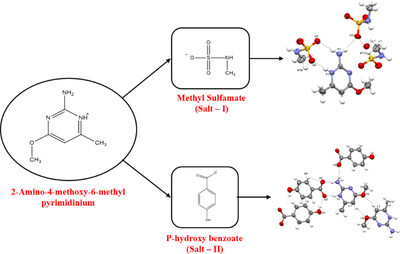Journal list menu
Export Citations
Download PDFs
research papers
Crystal structures of two pyrrolidin-1-yl derivatives of cathinone: α-PVP and α-D2PV
- Pages: 252-258
- First Published: 04 April 2025
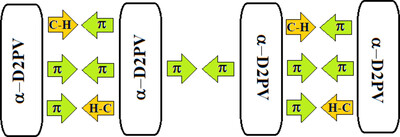
The crystal structure of the hydrated chloride salt of cathinone α-PVP is presented for the first time but has been known on the market of psychoactive substances for a long time. The chloride salt of α-D2PV was crystallized without water molecules in the crystal structure, which allowed a comparison with the hydrated form and thus a better understanding of its properties.
High-pressure synthesis of bilayer nickelate Sr3Ni2O5Cl2 with a tetragonal crystal structure
- Pages: 259-263
- First Published: 04 April 2025
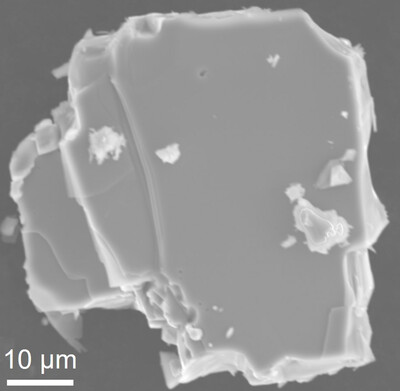
A theoretical candidate for a new Ni oxide superconductor, Sr3Ni2O5Cl2, has been synthesized for the first time under high-pressure conditions (10 GPa and 1673 K). While it adopts the tetragonal Ruddlesden–Popper phase structure predicted by theoretical calculations, resistance measurements revealed no superconductivity down to 2 K under pressures up to 24 GPa.
Crystallographic studies of piperazine derivatives of 5,5-dimethylhydantoin in the search for structural features of α1-adrenoreceptors antagonists
- Pages: 264-272
- First Published: 08 April 2025
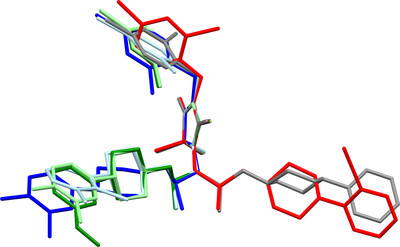
Six 5,5-dimethylhydantoin derivatives were investigated towards the search for structural features responsible for affinity for α1-adrenoreceptors. Compounds with higher activity prefer an extended conformation, which leads to larger distances between the end aromatic rings, while for compounds with lower affinity, the distances between the end aromatic rings are shorter.
Structure, intermolecular interactions and charge-density distribution of 2-amino-4-methoxy-6-methylpyrimidine with methylsulfamic acid and 4-hydroxybenzoic acid: a combined experimental and theoretical study
- Pages: 273-281
- First Published: 15 April 2025
A developed method of quantitative phase analysis (QPA) to solve the effect of preferred orientation in phosphate materials
- Pages: 282-287
- First Published: 16 April 2025
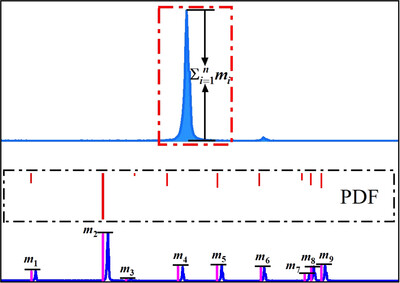
Using the modified reference intensity ratio (RIR) method, it is found that by increasing the number of diffraction peaks used, the quantitative deviation gradually decreases from 33% to less than 1%. The modified RIR method greatly reduces the influence of preferred orientation on quantitative phase analysis (QPA) and improves the quantitative accuracy.




